Paths, or rank-and-file - is a lamellar genus of mushrooms from the family Ordinary. The genus has up to 50 species, among which there are not only edible, but also poisonous specimens. Therefore, before picking mushrooms for paths, the mushroom picker needs to get acquainted with the description and photo so that a delicious dinner does not turn into food poisoning.
Content
Characteristic features of the variety
All mushrooms have their own unique features. The paths are characterized by a powdery smell and growth in large groups strictly in a row.
Description of mushroom paths
The appearance of the track depends on its grade. Mushrooms can reach from 3 to 8 cm in height, have thin (1.5-2 cm) or massive (up to 4 cm) legs. The color of the track can have the following shades:
- brown;
- green;
- Gray;
- brown;
- red;
- yellow red
- lilac;
- coffee with milk;
- white.
Usually the pulp of the mushroom is white. As it grows older, it acquires a yellowish tint. In some species, the flesh turns pink on the cut. Details of the appearance of the mushroom paths can be seen in the photo.
Morphology (species differences)
The meaty hat initially has a hemispherical shape, but straightens as it grows. The edge of the hat is thin, wrapped, cracked. The surface is often wet, slippery, but there are species with a dry, velvety. The leg is usually cylindrical, but some varieties have a tuberous shape.
In some species, it changes color as it ages. All tracks have records. In some species, they are thin and frequent, while in others they are dense and rare. The pulp is dense. In many varieties at the break, it gives off a pleasant aroma that can be compared to the smell of freshly ground flour or to the cucumber smell.
Habitat
Lanes are very popular mushrooms. They are common in Europe, Asia, America, Kazakhstan. In Russia, they are especially common in the areas of Saratov, Volgograd, Omsk, and are also common in the Altai Territory. These regions cannot boast of mushroom abundance, therefore, rowers here consume much more than in other places in Russia.
Edible or inedible
Edible paths include the following types:
- black-scaled;
- giant;
- pigeon;
- yellow-brown;
- massive;
- blushing;
- poplar;
- Gray;
- carved;
- earthy.
Mongolian varieties and matsutake are considered the most delicious edible mushrooms. The remaining types of rowing belong to the following categories:
| Conditionally edible species | Inedible species | Poisonous species |
|---|---|---|
| Silver | White brown | Sunburnt |
| Golden | Broken | Spotted |
| Shod | Feathery | Brindle |
| Greenfinch | Rough | Pointed |
| Scaly | Soapy | Smelly |
| Yellow red | Dark | Anuran |
| Bearded | Isolated | White |
| Sulfur | Spruce | |
| Pointed |
Some conditionally edible varieties are used in food after careful processing.
When and how to collect?
Riddles can be found not only at the edges of coniferous and deciduous forests, but also in parks and roadside plantations. They skillfully burrow into the soil or hide under the leaves, needles. Experienced mushroom pickers recommend picking young animals because old mushrooms can be toxic. Rowers tend to absorb harmful substances from the environment.
The first mushrooms appear in late summer. The main collection continues until October.But some species last until the first frost. You can only collect tracks in ecologically clean areas. Rows should be cut with a knife so as not to damage the mycelium.
Because of their habit of hiding, finding rowers can be very difficult. But if at least one instance was found, the basket is guaranteed to fill up soon. Rows tend to grow in large families. Mushrooms are arranged in rows.
Edible species and their description with photos
The most common edible types of paths are the following mushrooms:
- Yellow-brown.
- Gray.
- Pigeon.
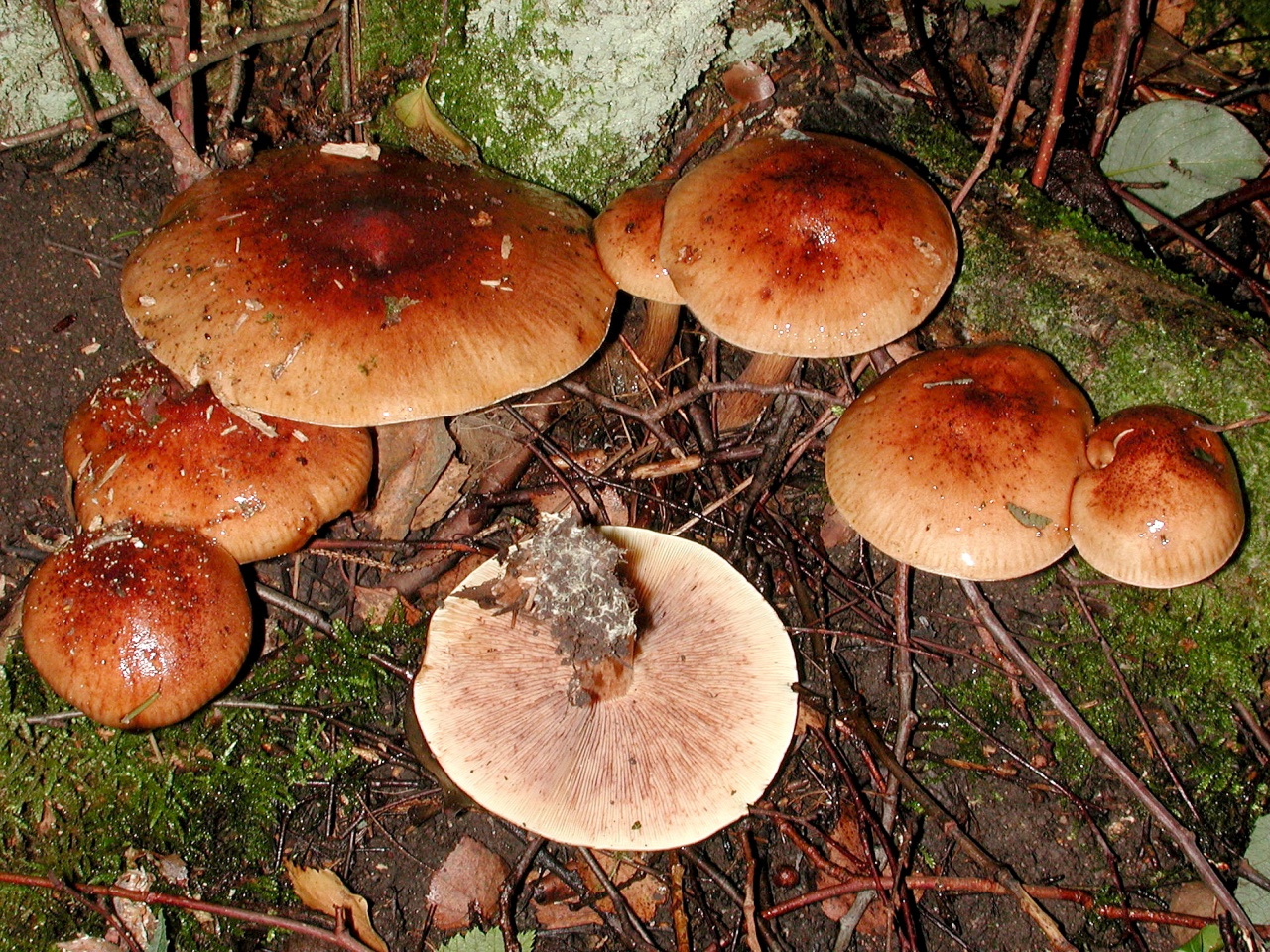
The yellow-brown rows have convex hats of a yellow-brown hue with a dry velvety surface. On the hats are reddish scales. The leg is hollow, curved, thickened to the base. Her color is identical to the color of the hat. Leg densely covered with scales. The plates have a bright lemon tint.
Gray rows are distinguished by ashy hats with purple shimmer. In the center is a pronounced tubercle a tone darker than the color of the hat. The surface is slippery, sticky. The leg is fibrous, thickened at the base. It has a white or yellowish color and is completely covered with a powdery coating. The records are a little twisty, white.
The pigeon track has a white fleshy hat with very cracked edges. It is presented in a hemispherical shape. The surface is wet and sticky. The leg is curved, white. Sometimes at the base it has a greenish tint. The plates are white, wide.
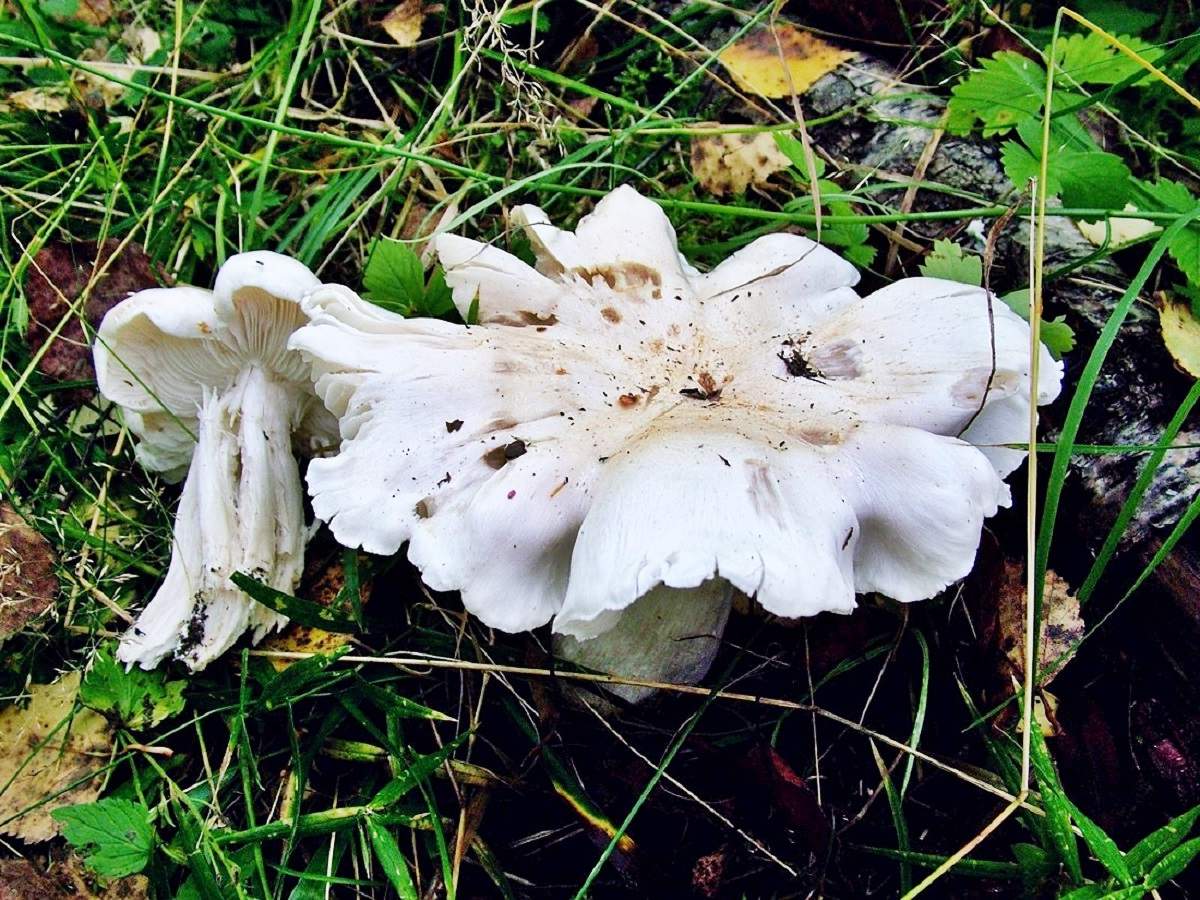
How to distinguish from false, inedible mushrooms?
Edible ranks confused with inedible and poisonous ranks.
Most often, the following species are false mushrooms:
- Leopard - It is distinguished by the presence of plates and a leopard pattern on the surface of the cap.
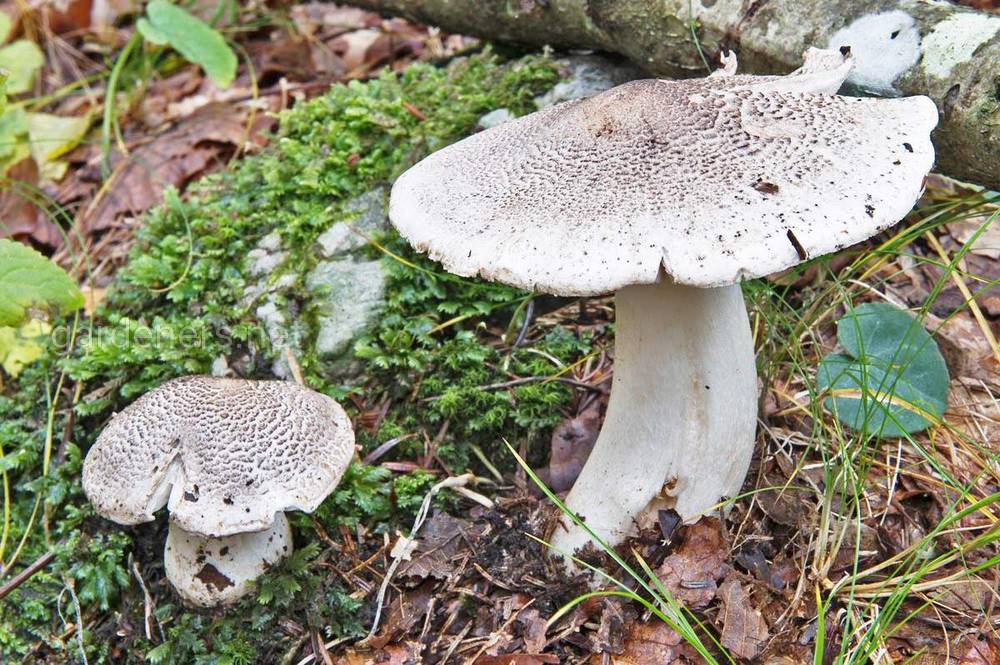
Tiger or Leopard - Pointed - Recognized by a dark tubercle on the hat and a pointed tip, uncharacteristic of other rows.
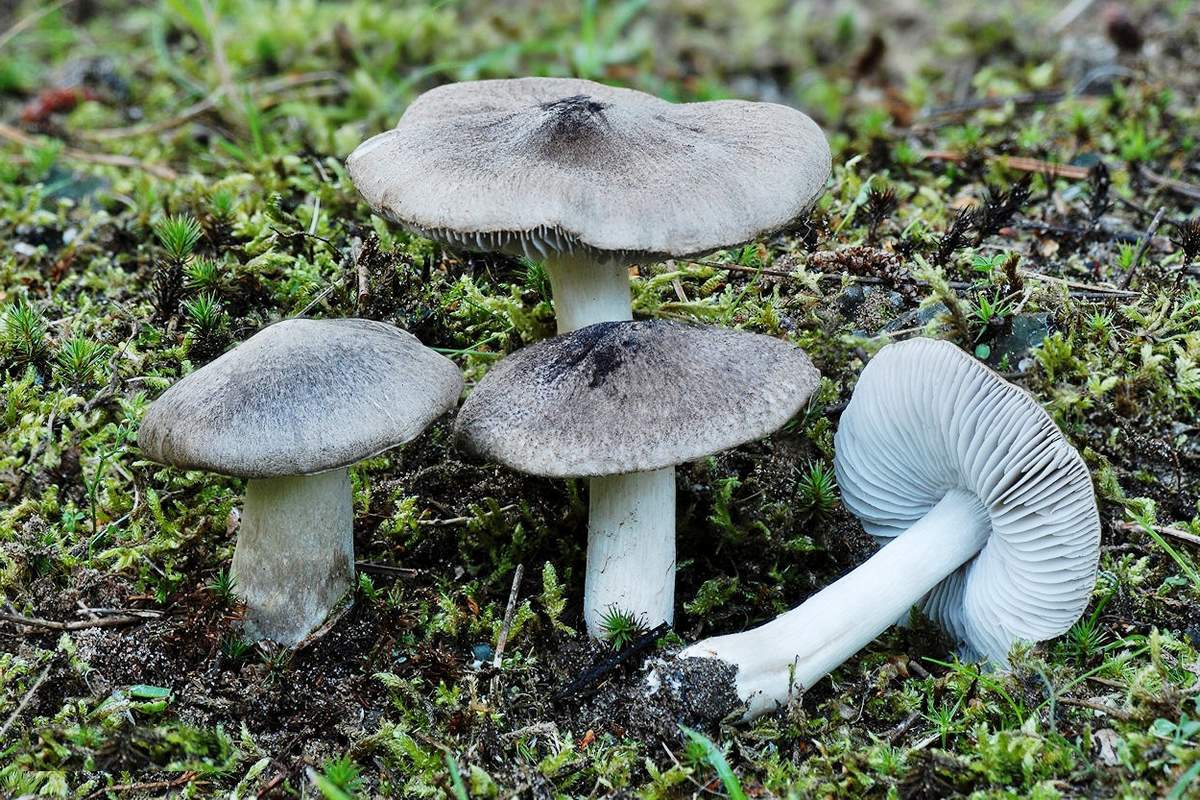
Pointy - Soapy - can be recognized by the sugary smell reminiscent of concentrated fruit soap and by the pulp, which acquires a reddish tint on the cut.

Soap row - Brown - different brown flattened hat with a darkening spot in the center, as well as flesh blushing at the fracture.
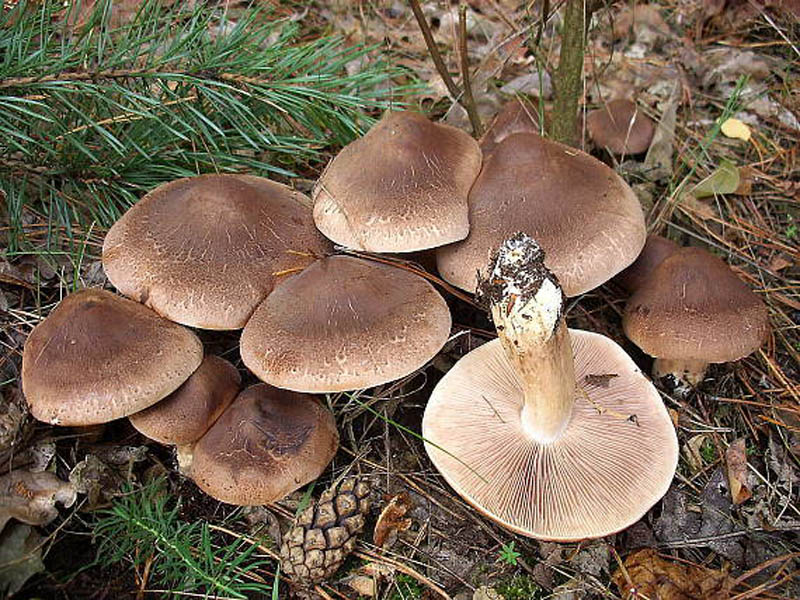
Brown row - White - has a completely white open hat and a special pulp, which at the break becomes pink and emits a pungent odor, reminiscent of the smell of radish.
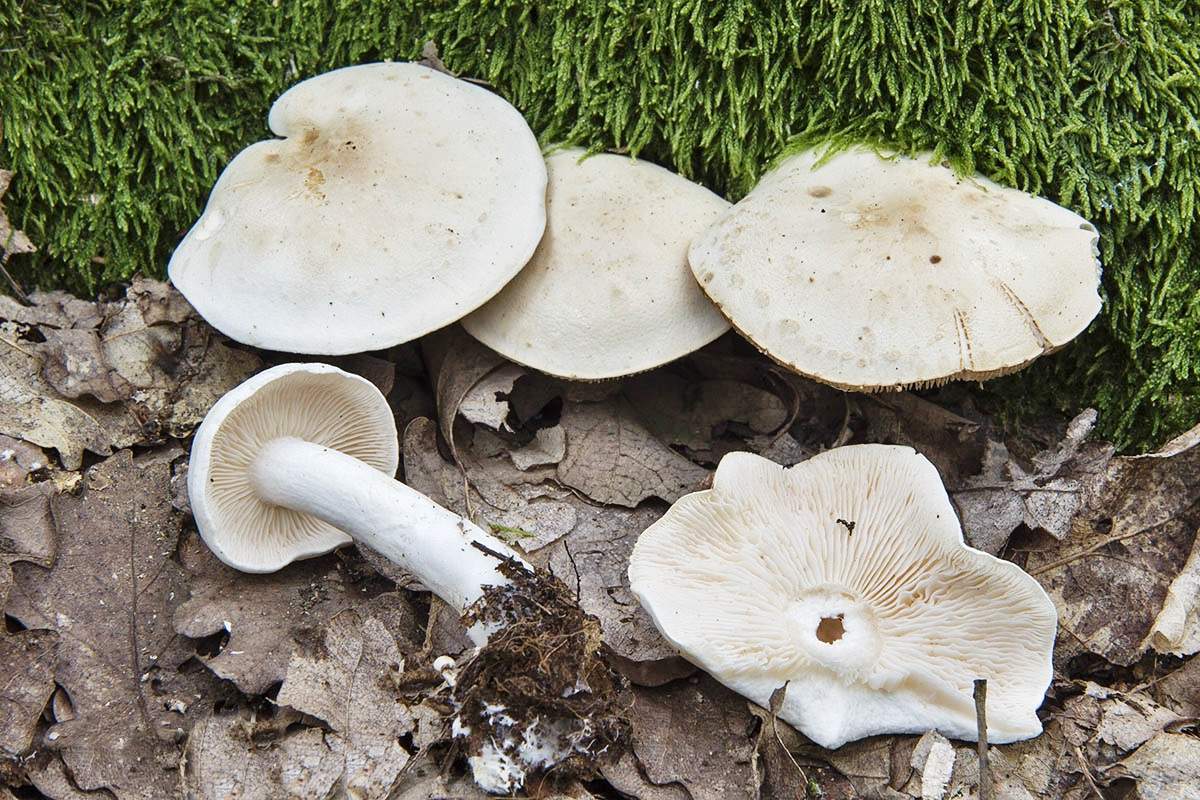
White row
The main distinguishing feature of edible species is the powdery smell characteristic of them. Sometimes even edible varieties of paths may contain toxins. Check the poisoning for toxicity can be elementary: cut the flesh. If it is white - the track can be safely put in a basket. If the flesh has a yellowish or brownish tint, it is better to leave such a mushroom in a clearing.
Useful properties and features of the use of mushrooms
Lanes are a storehouse of nutrients needed by the human body. They contain many vitamins and minerals, are rich in amino acids.
Medicinal properties and contraindications
In traditional medicine, fruits are used as a means to increase immunity, fight against viral diseases. Mushrooms are excellent antioxidants. They are well known for their antibacterial and anti-inflammatory properties.
The use of paths must be limited to people with chronic diseases of such organs:
- liver;
- stomach;
- intestines;
- pancreas;
- the kidneys.
Basic recipes
Tracks are well salted, marinated and fried. But before cooking, mushrooms require processing. Preparation of rows consists of the following actions:
- Inspection for worminess.
- Cleaning from dirt.
- Soaking in salt water for 1-3 days.
- Rinse under running water.
- Boil for half an hour.
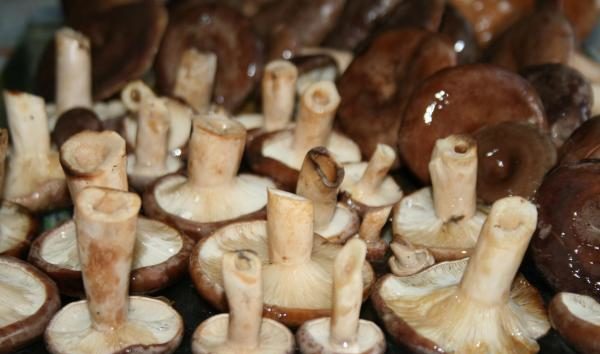
For salting, the tracks are laid in the banks with their legs up. Each layer is sprinkled with a mixture of salt with crushed garlic. For 4 kg of rows, 200 g of salt and 2 medium heads of garlic are required. Filled jars are covered with cabbage or currant leaves and tightly closed with lids. Store pickles in the cold. After 2 months, you can eat mushrooms.
For pickling, mushrooms are put in sterilized jars and poured with marinade, which is prepared in this way:
- 2 tbsp. l salt and 1 tbsp. l sugar pour 1.5 liters of water and bring to a boil.
- Then they add 0.5 tbsp. vinegar and boil for 5 minutes.
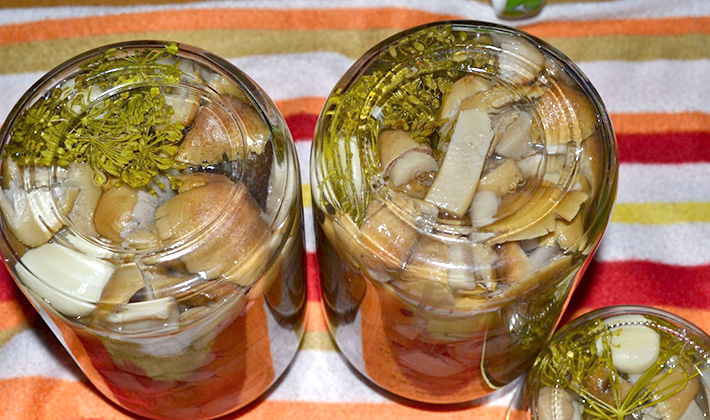
The paths, filled with hot marinade, roll up. Some housewives throw currant leaves, a bay leaf, horseradish root, garlic cloves, allspice or cloves into jars. Pickled mushrooms can be served in the table after 2 weeks.
Fried rowing can be prepared in 15 minutes. Mushrooms mixed with onions are fried until golden brown. At the end, the dish is salted and seasoned with ground pepper. The cooked paths are reminiscent of fried meat to taste.
Answers to widespread questions
Lanes cause many questions for inexperienced mushroom pickers:
Lanes are very common mushrooms. Among species of large species diversity, there are many edible species. Mushrooms have not only a pleasant taste, but also have a beneficial effect on the human body due to their beneficial properties.

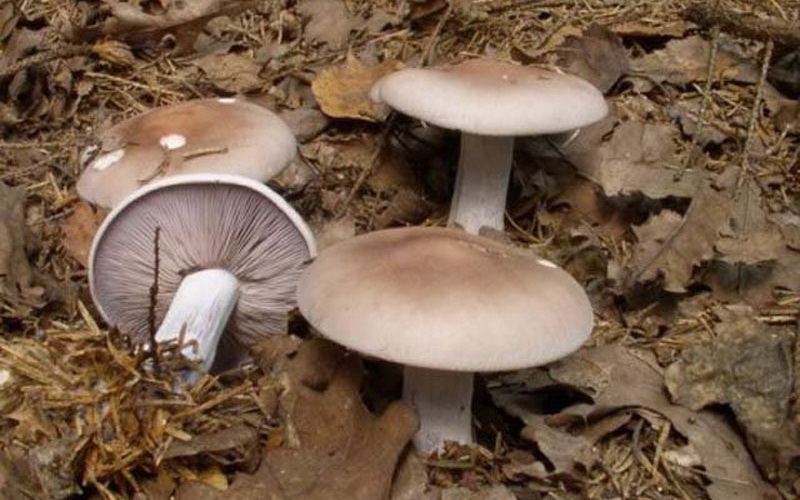
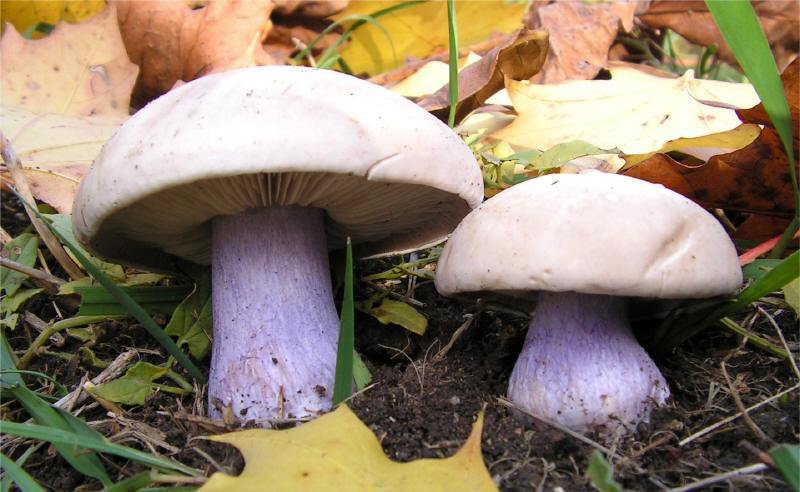
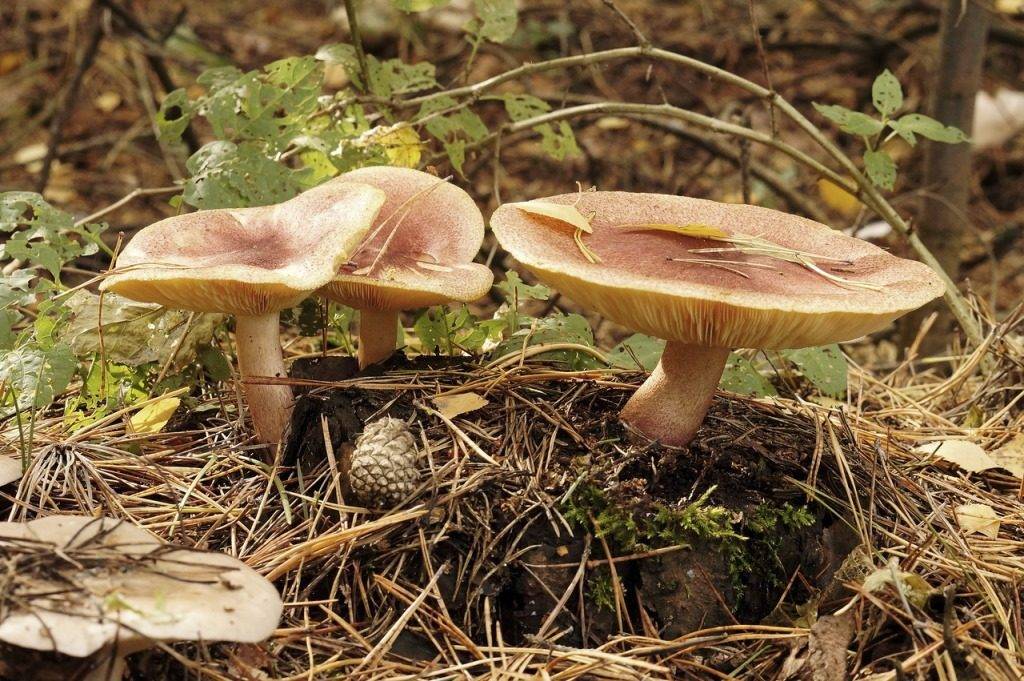

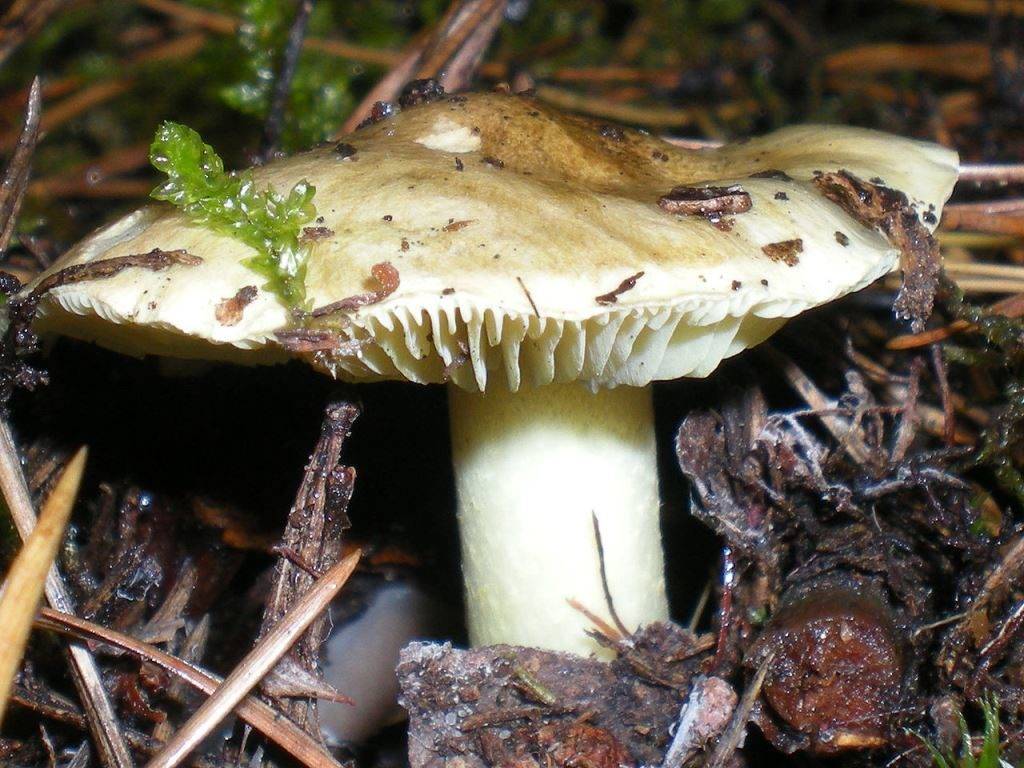
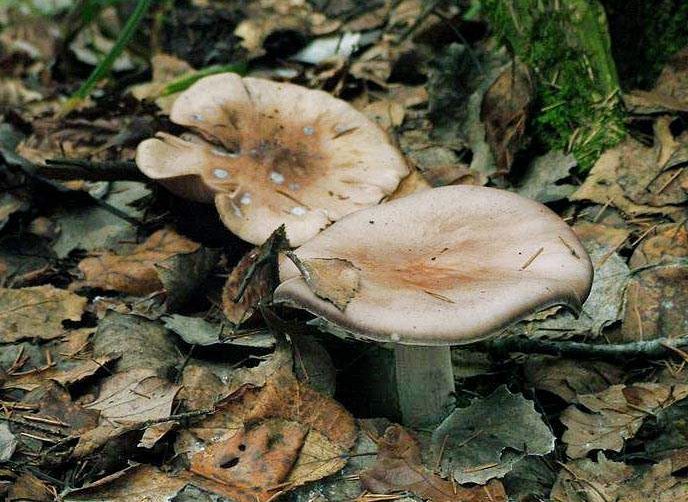
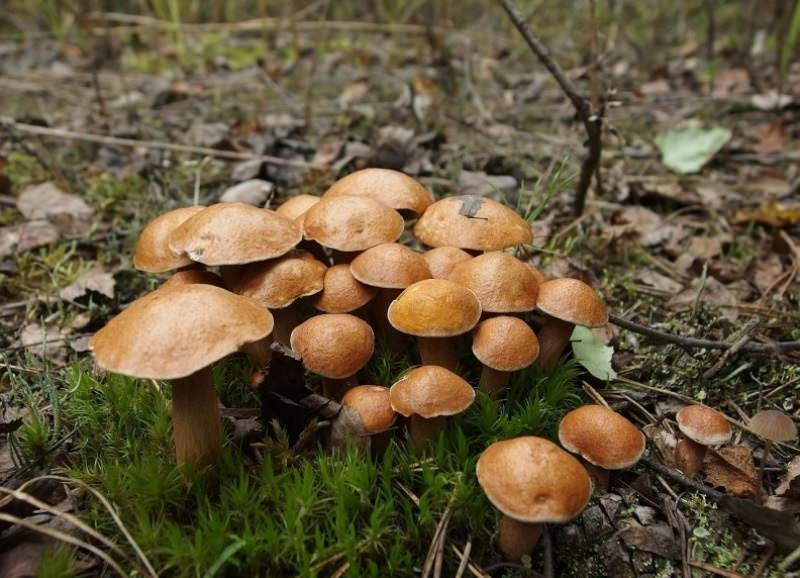
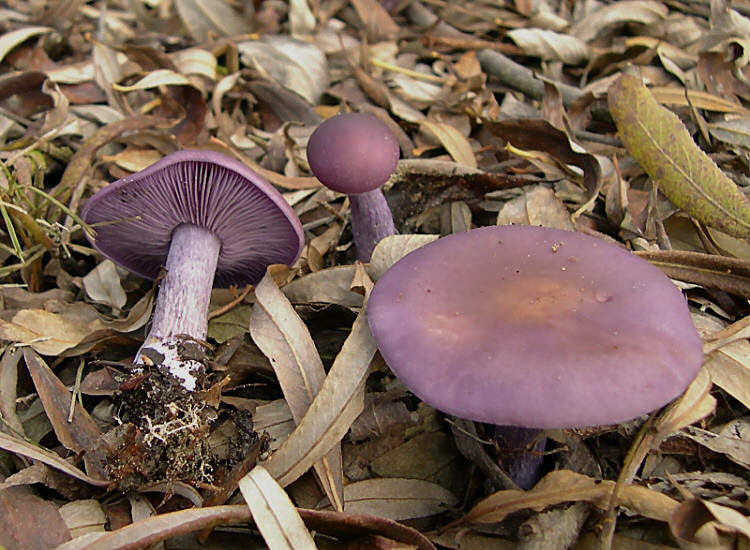
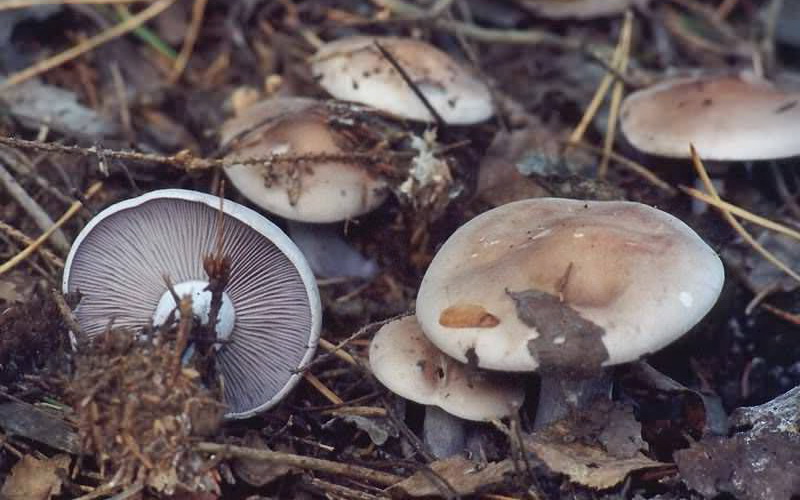
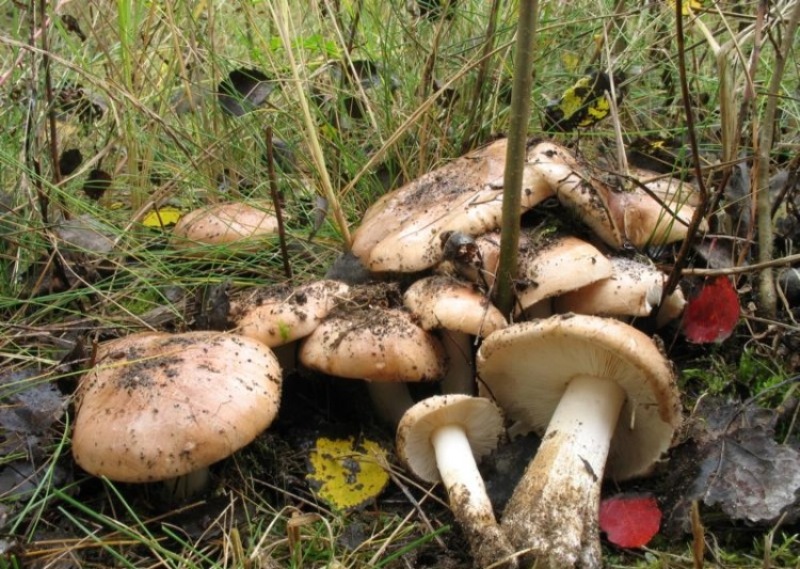

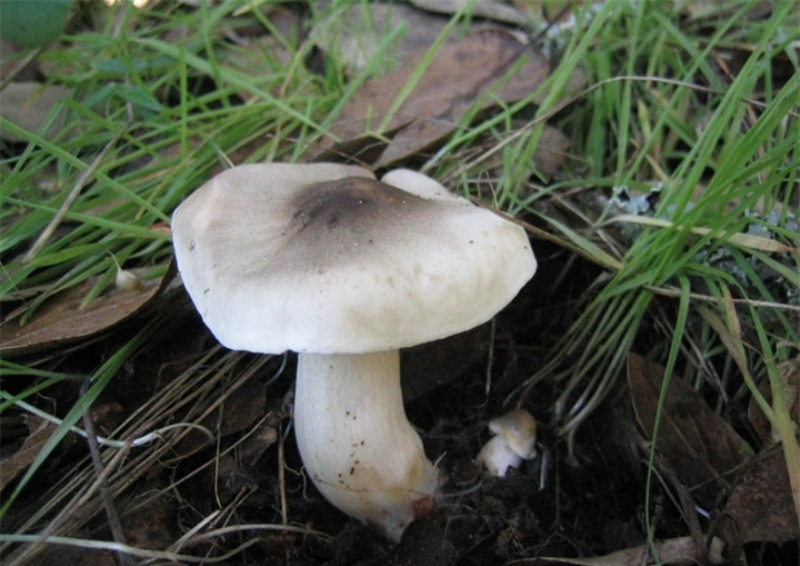
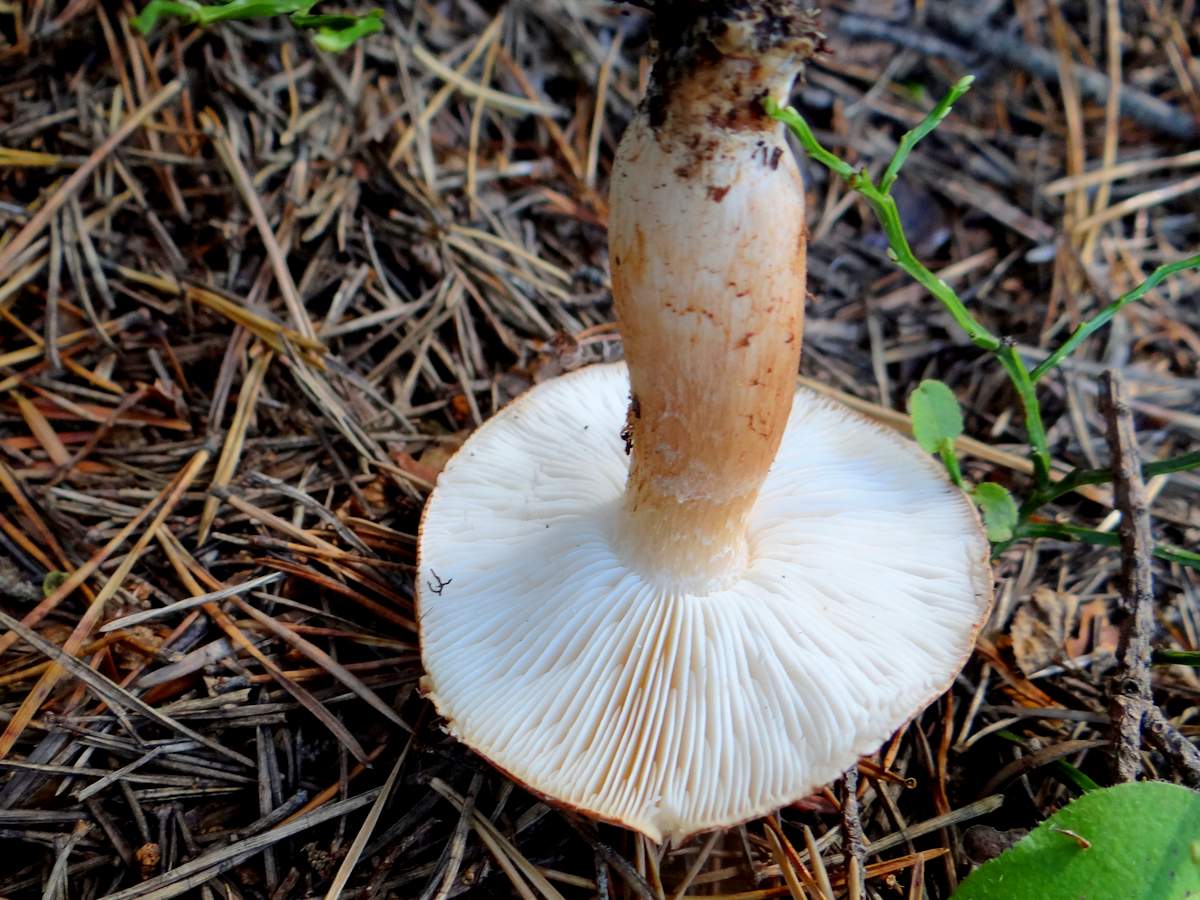

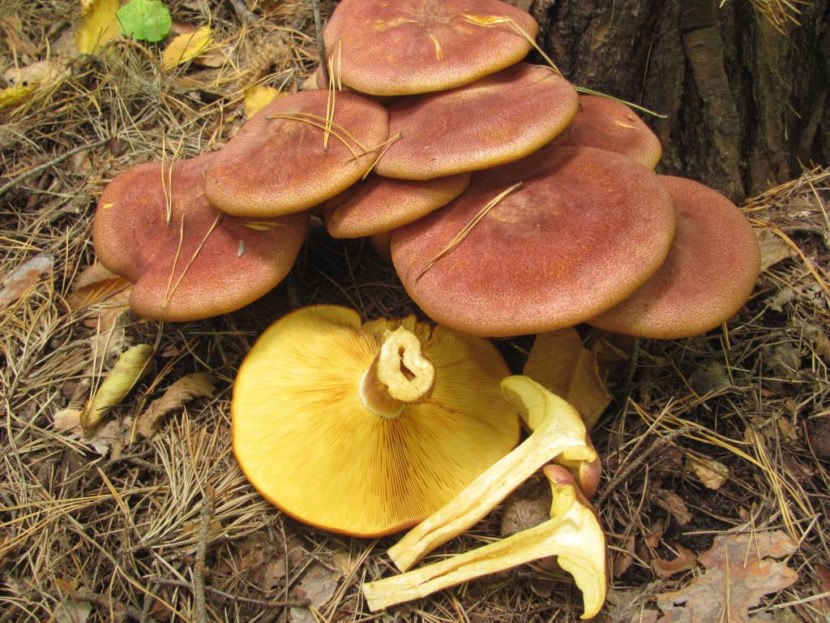



 Care and use of Kombucha at home (+22 photo)
Care and use of Kombucha at home (+22 photo) Edibility of the fungus of the motley umbrella and its description (+19 photo)
Edibility of the fungus of the motley umbrella and its description (+19 photo) Description of edible and inedible oils, their poisonous counterparts (+40 photos)
Description of edible and inedible oils, their poisonous counterparts (+40 photos) Useful properties of milk mushroom and its contraindications (+17 photos)
Useful properties of milk mushroom and its contraindications (+17 photos)
M.N.
And why in the section "Morphology (species differences)" the first photo is the most outspoken goats, by the way, tubular?
Alexander Savchenko
ranks grow in the Caucasus: In Teberd, Dombay